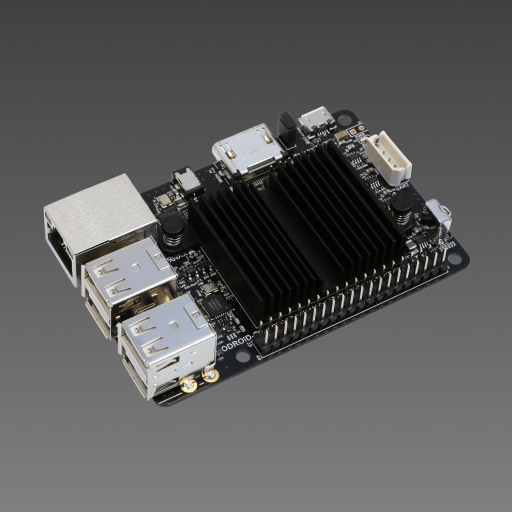Installation
The first step to getting started with Home Assistant is to install it on a device. There are many ways to run it for all kinds of scenarios and all kinds of skill levels.
Plug and play with Home Assistant Green
The affordable Home Assistant Green is the easiest way to start using Home Assistant. It's plug-and-play and comes with Home Assistant already installed.
DIY with Raspberry Pi
Raspberry Pi, a mini low-cost computer, is one of the most popular platforms for running Home Assistant. If you want to learn how to DIY, this is a good way to start and gain experience.
Extend with Home Assistant Yellow
The extensible Home Assistant Yellow comes with all the ingredients you need to help you build a robust smart home. All you need to do is to bring your own Raspberry Pi Compute Module.
Install on other hardware
Home Assistant can be repurposed and installed on various hardware, such as an Odroid or a generic x86-64 machine. The Home Assistant Operating System allows you to install Home Assistant on these devices even if you have little to no Linux experience.

Install Home Assistant on x86-64 machines
Repurpose workstation hardware to run Home Assistant
- You can use a command line and install a boot medium on your hardware
- You're comfortable configuring the BIOS based on instructions.
- An x86-64 machine
- Storage hard drive
- USB stick
- Ethernet connection
Advanced installation methods
Home Assistant offers four different installation methods. We recommend using Home Assistant Operating System. Other methods are available for experienced users for their specific needs, for example, running Home Assistant in a virtualized environment (e.g. Proxmox), or on top of an existing operating system (e.g. Windows, macOS, Linux):
- Home Assistant Container: Standalone container-based installation of Home Assistant Core (e.g. Docker).
- Home Assistant Supervised: Manual installation of the Supervisor.
- Home Assistant Core: Manual installation using Python virtual environment.
Note that while these installation methods may provide some features for advanced users, they may also have some major limitations. For example, add-ons and other important Home Assistant features may not be available.
| HA OS1 | Container1 | Core1 | Supervised1 | |
|---|---|---|---|---|
| Automations | ✅ | ✅ | ✅ | ✅ |
| Dashboards | ✅ | ✅ | ✅ | ✅ |
| Integrations | ✅ | ✅ | ✅ | ✅ |
| Blueprints | ✅ | ✅ | ✅ | ✅ |
| Uses container | ✅ | ✅ | ❌ | ✅ |
| Supervisor | ✅ | ❌ | ❌ | ✅ |
| Add-ons | ✅ | ❌ | ❌ | ✅ |
| Backups | ✅ | ✅2 | ✅2 | ✅ |
| Managed Restore | ✅ | ❌3 | ❌3 | ✅ |
| Managed OS | ✅ | ❌ | ❌ | ❌ |
- Home Assistant Operating System
- Home Assistant Container
- Home Assistant Core
- Home Assistant Supervised
2: Backups for Home Assistant Core and Home Assistant Container is provided
by the
backup integration.
3: Backups for Home Assistant Core and Home Assistant Container are either a tool to migrate to HAOS or a completely manual restore of the backup.

Install Home Assistant on Windows
Use Home Assistant OS on a VM, or Core on WSL
- Know how to find an IP address on your router
- Advanced knowledge of Windows
- Using Linux command line
- Machine with Windows installed
- VirtualBox (for VM)
- Windows Subsystem for Linux (for Core)
Install Home Assistant on other systems
Use Home Assistant on virtual machines, NAS, and more
- Know how to find an IP address on your router
- Advanced knowledge of Windows
- Using Linux command line
- Machine with Windows installed
- VirtualBox (for VM)
- Windows Subsystem for Linux (for Core)





